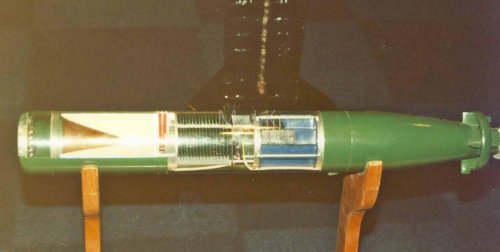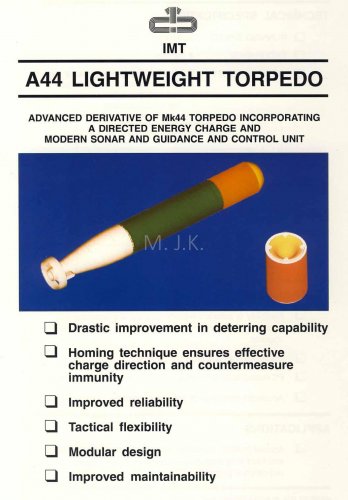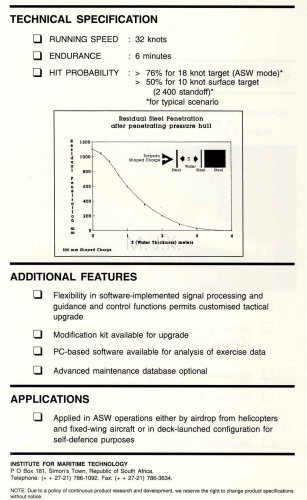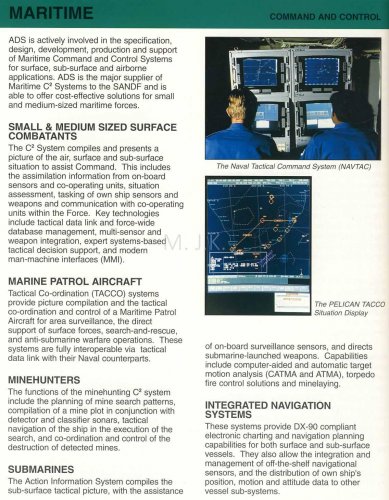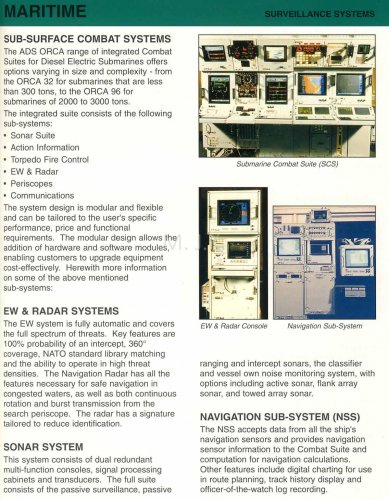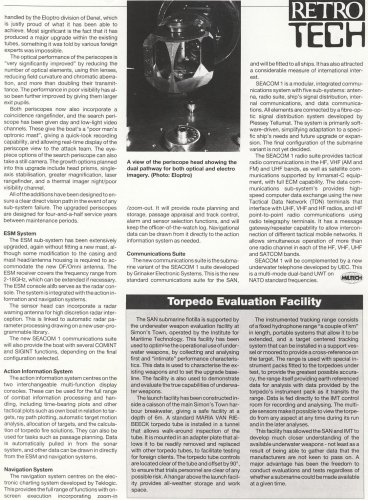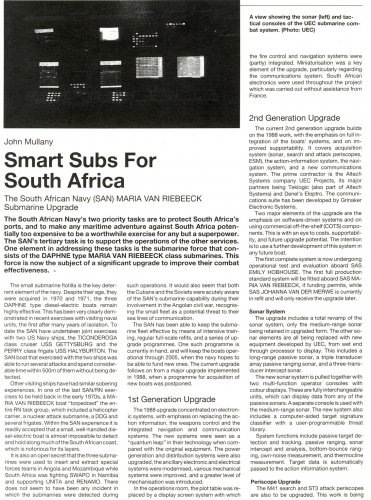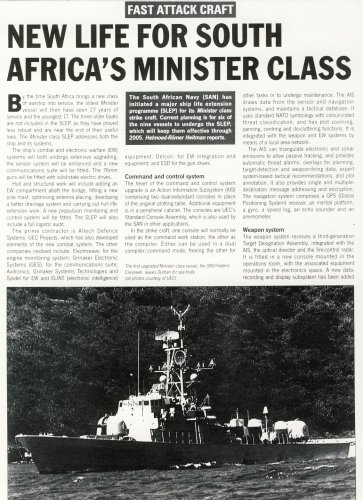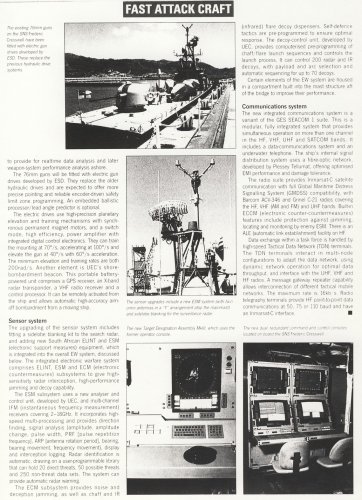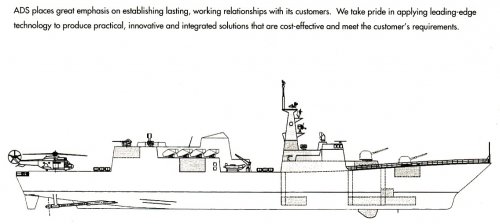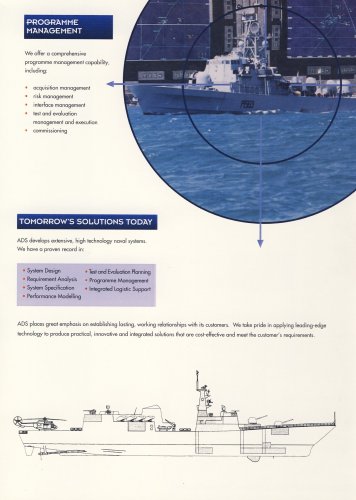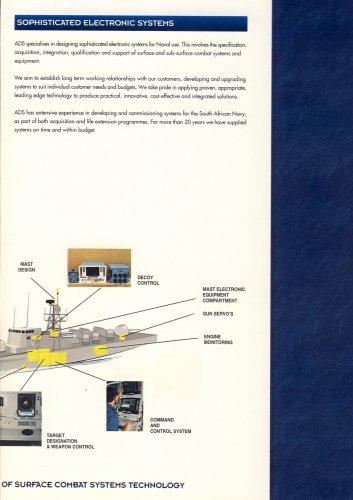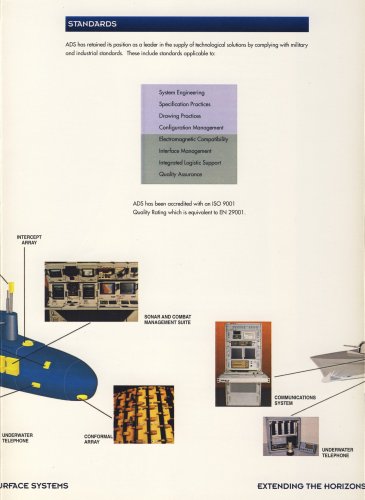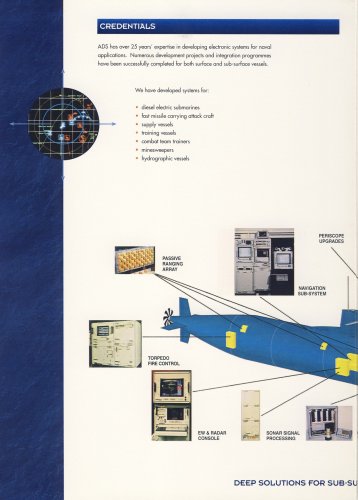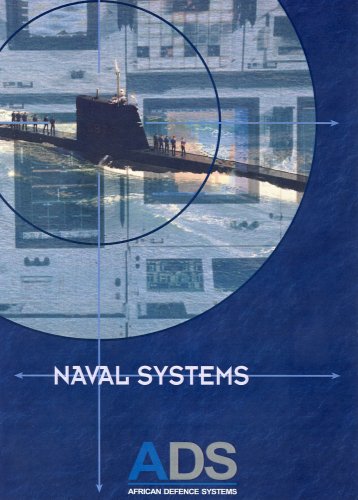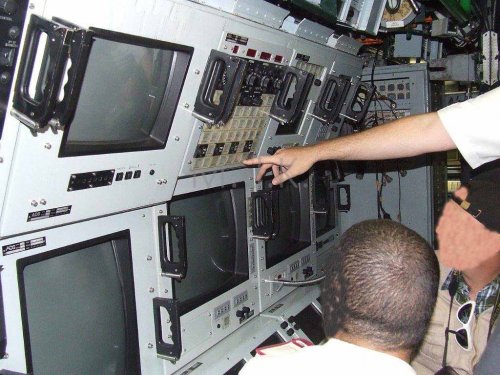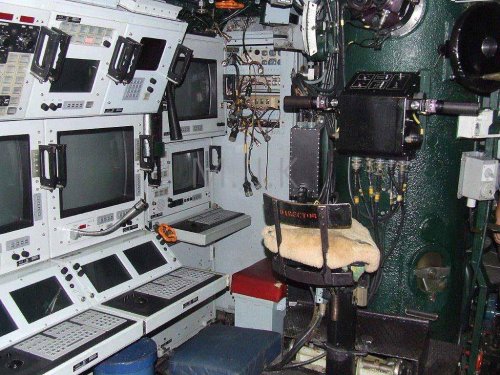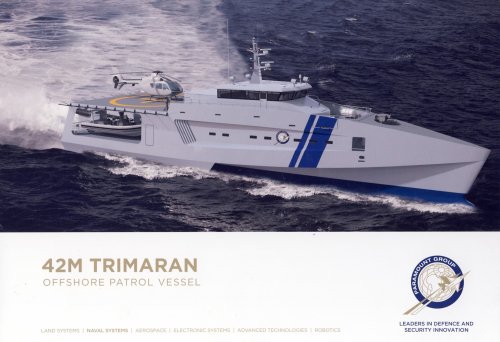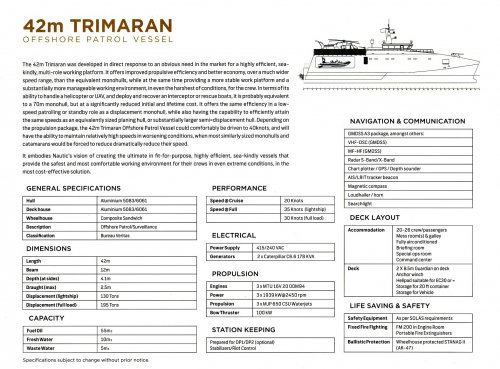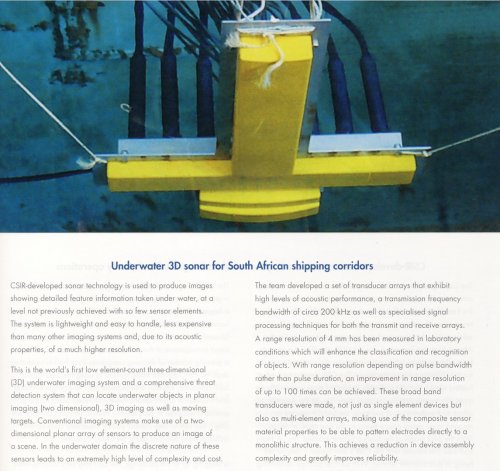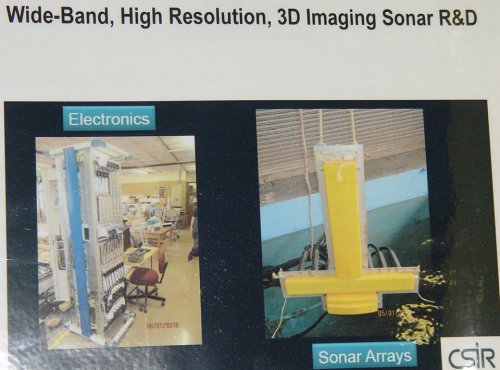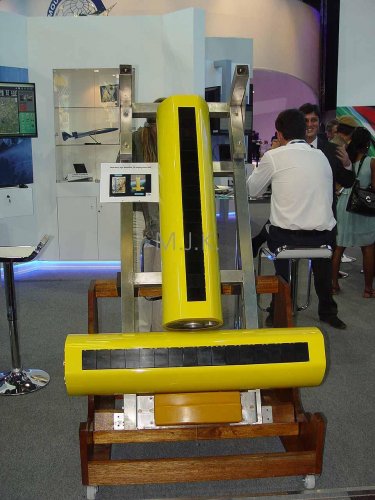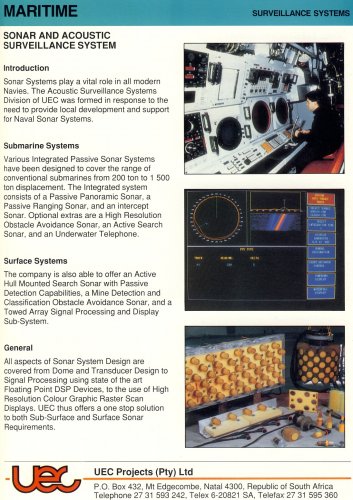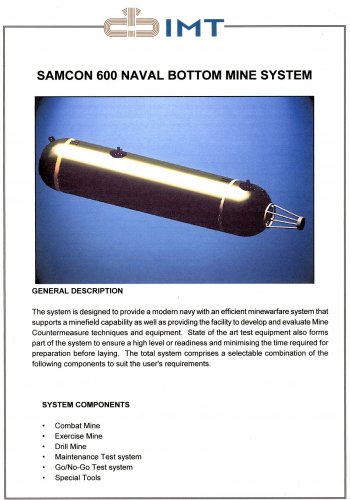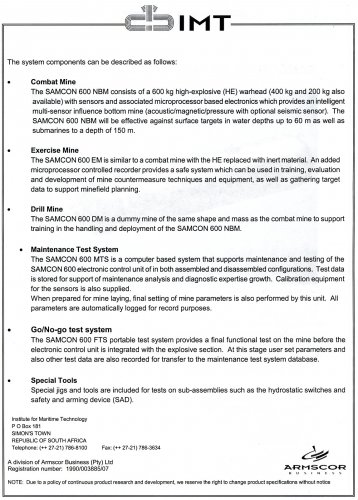glmm
ACCESS: Confidential
- Joined
- 21 May 2006
- Messages
- 52
- Reaction score
- 15
The RIVIEREs are older ships, designed in the 1950s. Designed as "avisos" (smaller warships designed to be based on Territories de Outre Mer; in fact the design was initially known as the "Union Francaise" in the peacetime aviso model. There was to be the option for a heavier armament in case of war) for peacetime use and general escorts during wartime, there were many proposals before the final design was frozen and construction ordered.
They were used as a testbed for new weapon and systems, including rotary free turbine engines and CODAG, using a gas turbine derived from the Atar 8 turbojet.
The most dependable models were those fitted with diesel engines, and this was the powerplant chosen by Portugal for their JOAO BELO derivatives.
There were several design proposals based on the basic design, with various weapon mixes and the option of a small pad an hangar for a Alouette III class helicopter; these weren't taken by the Marine Nationale and I have no idea about how hard these were offered in the export market; not even the A69s seems to have been very aggressively marketed unlike the ubiquitous LA COMBATTANTE FPBs or the DAPHNE/AGOSTA subs, built at the same time as the A69s. As discussed, the original sale to South Africa was pretty complex and following a convolute process and these were resold to Argentina (with the AGOSTAs also ordered by the SAN ending in Pakistan).
There's a nice book on the COMMANDANT RIVIEREs, "Les avisos-escorteurs Type Commadant Riviere" by Patrick Hovy-Bezaux and Jacques Ducros, edited by LELA Presse in 2009, which covers the development of the original project as well as the derivative proposals, but unfortunately is centered on the French vessels; the BELOs aren't mentioned at all, and the information on the ships sold to Uruguay is scant.
The powerplants are well covered, in case someone is curious.
The basic design had a good upgrade potential as showed by the Portuguese upgrade job (SQS-510 sonar, more modern electronics....) which was itself rather austere for budgetary reasons. The French navy, having more modern ships at hand made minimum alterations (MM38, modern decoy dispensers, better comms) to their ships before retiring them. Curiously enough, the very short ranged DUBA 3 "attack" sonar was well adapted to mine detection ins trials made during the Gulf War
They were used as a testbed for new weapon and systems, including rotary free turbine engines and CODAG, using a gas turbine derived from the Atar 8 turbojet.
The most dependable models were those fitted with diesel engines, and this was the powerplant chosen by Portugal for their JOAO BELO derivatives.
There were several design proposals based on the basic design, with various weapon mixes and the option of a small pad an hangar for a Alouette III class helicopter; these weren't taken by the Marine Nationale and I have no idea about how hard these were offered in the export market; not even the A69s seems to have been very aggressively marketed unlike the ubiquitous LA COMBATTANTE FPBs or the DAPHNE/AGOSTA subs, built at the same time as the A69s. As discussed, the original sale to South Africa was pretty complex and following a convolute process and these were resold to Argentina (with the AGOSTAs also ordered by the SAN ending in Pakistan).
There's a nice book on the COMMANDANT RIVIEREs, "Les avisos-escorteurs Type Commadant Riviere" by Patrick Hovy-Bezaux and Jacques Ducros, edited by LELA Presse in 2009, which covers the development of the original project as well as the derivative proposals, but unfortunately is centered on the French vessels; the BELOs aren't mentioned at all, and the information on the ships sold to Uruguay is scant.
The powerplants are well covered, in case someone is curious.
The basic design had a good upgrade potential as showed by the Portuguese upgrade job (SQS-510 sonar, more modern electronics....) which was itself rather austere for budgetary reasons. The French navy, having more modern ships at hand made minimum alterations (MM38, modern decoy dispensers, better comms) to their ships before retiring them. Curiously enough, the very short ranged DUBA 3 "attack" sonar was well adapted to mine detection ins trials made during the Gulf War

